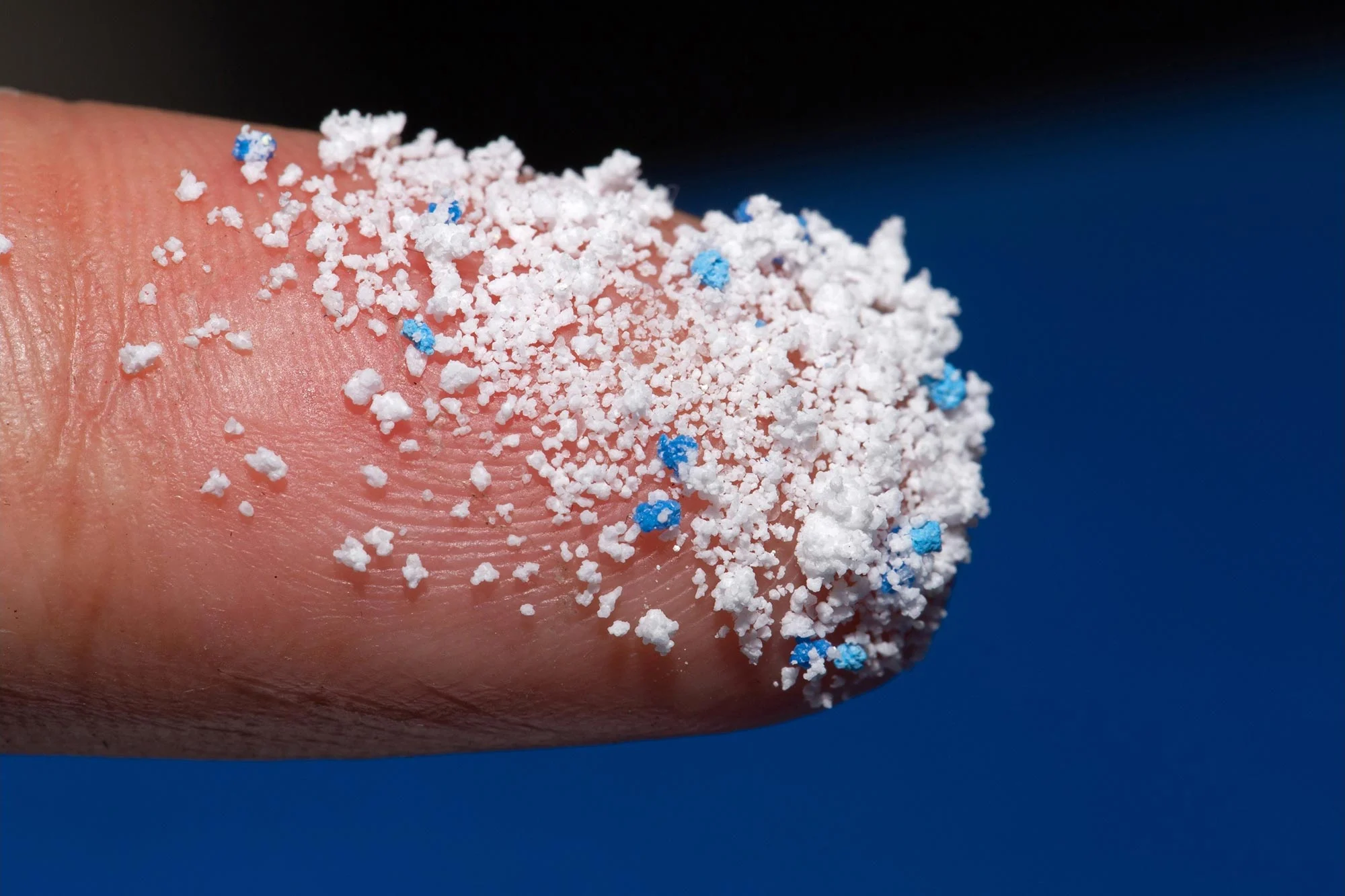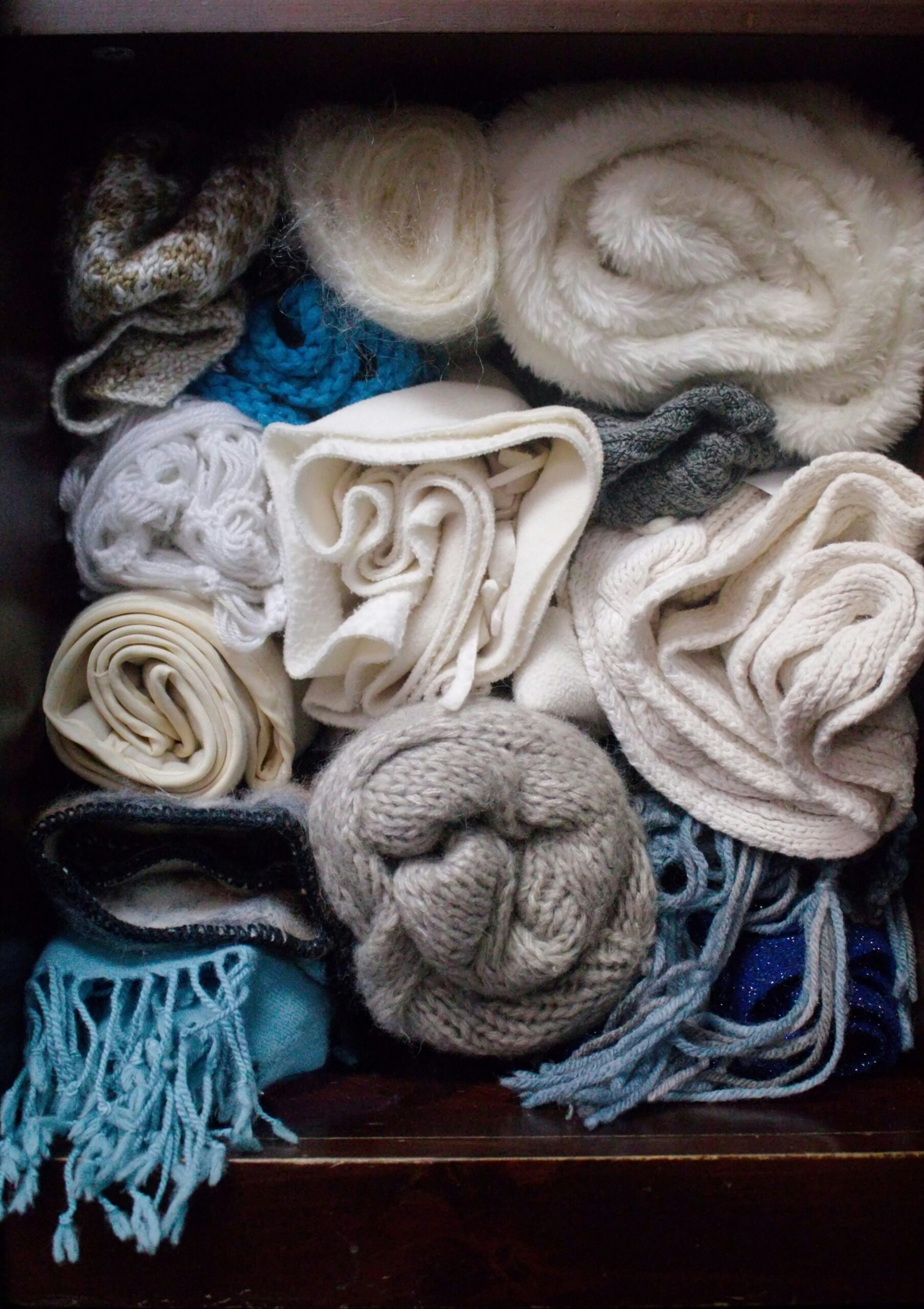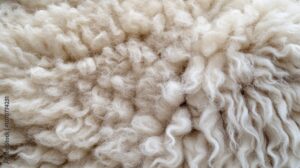The Fiber
In the Fiber: Strength, Science, & Sustainability
Natural and Renewable
Wool is 100% natural and renewable, with sheep growing a new fleece each year.
Biodegradable in Soil
Wool can decompose in 3–6 months, returning nutrients like nitrogen and sulfur to the soil (vs. synthetics which can take centuries to breakdown into microplastics).
Durability and Longevity
Wool fibers can bend over 20,000 times without breaking, offering garments exceptional durability and a long lifespan.
Less Laundering Needed
Wool’s natural odor resistance and durability mean fewer washes, saving water and energy over the life of the garment.
Circular Economy Leader
Wool supports a circular economy, with discarded wool textiles repurposed into new products like clothing, insulation, and upholstery.
Safe for Marine Environments
Wool fibers naturally biodegrade quickly in marine environments, breaking down without leaving behind harmful synthetic microplastics.
A natural choice that supports the planet from start to finish.
Wool is more than a sustainable choice—it’s a natural fiber that embodies responsibility and care for the planet. From its renewable origins to its biodegradable end-of-life, wool’s unmatched qualities make it a thoughtful option for those who prioritize sustainability without compromise.
Why Choosing Wool Matters
100%
Wool is 100% natural and renewable. Sheep grow a new fleece every year, making wool a self-replenishing fiber with a low environmental impact.
Wool garments are among the longest kept in wardrobes, with many wool clothes staying in use for years, reducing the need for frequent replacements.
3-6 Months
Wool decomposes in soil within 3–6 months, releasing nutrients like nitrogen and sulfur back into the soil
Zero
Wool is completely natural, meaning no plastic and no microplastic shedding—keeping waterways and marine ecosystems safe.

Wool offers consumers a tangible way to reduce their environmental footprint today. It’s not just a fabric—it’s a movement toward sustainability." Dr. Roy Kettlewell, Wool Industry Expert

Explore Wool’s Role In The Circular Economy
Discover the Full Impact of Wool
Natural, Sustainable, American-Grown
Learn More





